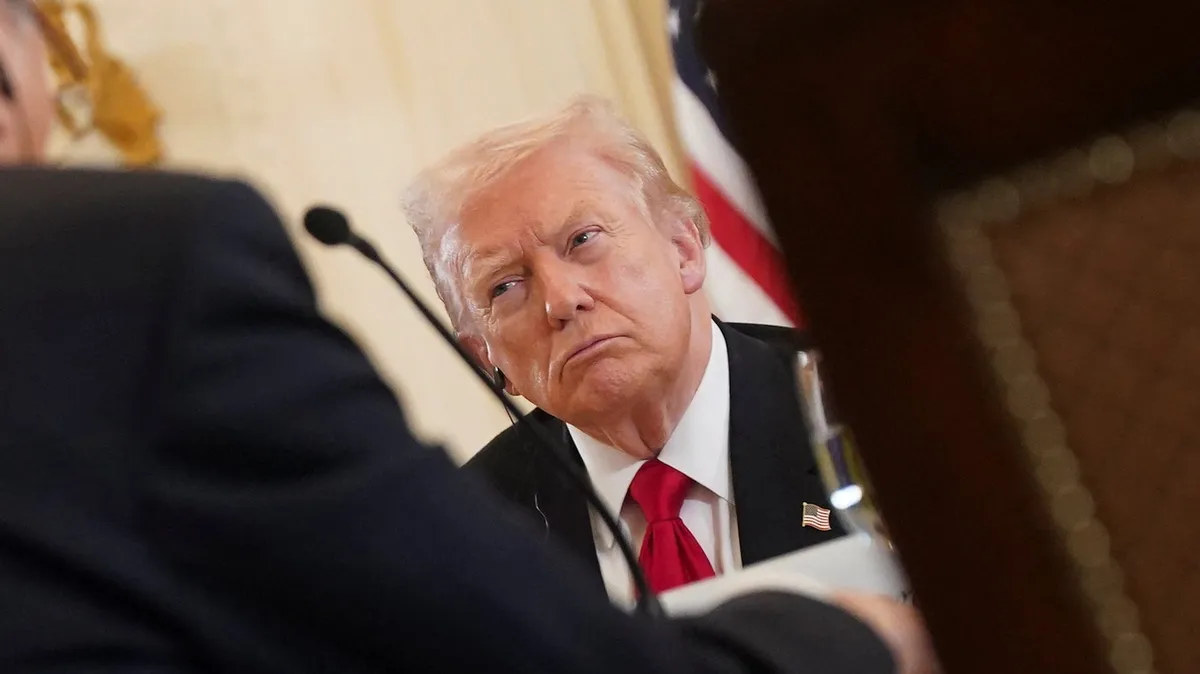
Over the weekend, President Donald Trump announced a bold proposal to provide every American with a $2,000 dividend, funded by what he claims is revenue generated from tariffs. In a message shared on social media, Trump stated, “A dividend of at least $2000 a person (not including high income people!) will be paid to everyone.” However, this announcement was met with skepticism just hours later from Treasury Secretary Scott Bessent, who raised doubts about the feasibility of such payouts.
The concept of a tariff dividend is reminiscent of the stimulus checks issued during the COVID-19 pandemic. These checks aimed to provide financial relief to Americans during challenging economic times. Trump’s proposal suggests that the dividend would be sourced from tax revenue raised through his administration's extensive tariff policies. Economists are questioning the practicality of this idea, especially concerning the availability of sufficient tariff funds to support such payments.
In his social media announcement, Trump emphasized the benefits of tariffs, declaring, “People that are against Tariffs are FOOLS! We are now the Richest, Most Respected Country In the World, With Almost No Inflation, and A Record Stock Market Price." He highlighted the potential for a $2,000 dividend, but did not clarify who would be eligible or how the distribution process would work. This ambiguity has left many wondering about the specifics of the proposed plan.
While Trump indicated that the $2,000 payout would exclude high-income individuals, details regarding who would qualify remain unclear. During the previous pandemic-era stimulus checks, individuals earning up to $75,000 per year and couples earning up to $150,000 were eligible. Recent data from the Census Bureau indicated that the median U.S. household income was approximately $83,730, which raises questions about the potential reach of the proposed dividend.
Treasury Secretary Bessent’s remarks appeared to dampen enthusiasm for the tariff dividend proposal. He suggested that the $2,000 figure might actually refer to tax savings associated with Trump's One Big Beautiful Bill, a piece of legislation aimed at tax reform. “It could be just the tax decreases that we are seeing on the president’s agenda,” Bessent explained. His comments highlighted the need for clarity on how the administration plans to fund the proposed dividends.
Experts are questioning whether the U.S. has raised enough tariff revenue to support the ambitious $2,000 dividend plan. If the proposal were to apply to individuals earning $100,000 or less, it could potentially benefit around 150 million Americans, costing approximately $300 billion in total. As of September 30, the federal government had collected $195 billion from tariffs, which would fall short of covering the proposed payouts. Furthermore, after accounting for potential repayments to importers due to ongoing legal challenges regarding tariffs, net revenues could be even lower, raising further concerns about the viability of the plan.
Trump’s proposal for a $2,000 tariff dividend has sparked significant debate regarding its feasibility and implementation. With mixed messages from the administration and concerns about available funds, many Americans are left questioning the practicality of this initiative. As the situation evolves, further clarification from the White House and Treasury officials will be essential to understand the future of this potential financial relief.